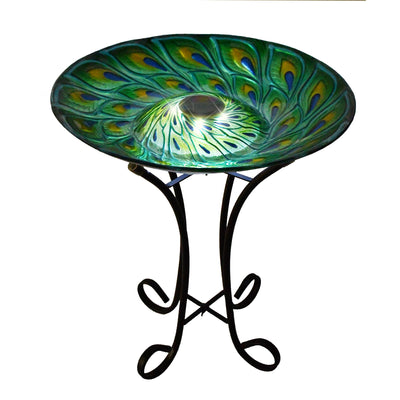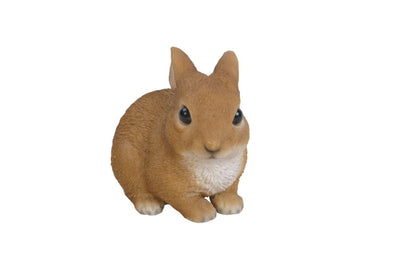Edible Elegance: Blending Decorative and Edible Plants in Garden Design
Integrating edible plants into your garden design not only enhances its visual appeal but also provides a sustainable source of fresh produce. By thoughtfully incorporating herbs, fruits, and vegetables into planters or beds, you can achieve a harmonious blend of functionality and aesthetics.

Product in picture: Wooden White Cart Planter Indoor / Outdoor Use
Designing with Herbs
Herbs are versatile additions to any garden, offering both culinary benefits and ornamental beauty. Plants like rosemary, lavender, and thyme provide aromatic foliage and delicate flowers, making them ideal for borders or ground cover. Rosemary’s ‘Corsican Blue’ variety has a semi-trailing habit suitable for smaller spaces, while lavender ‘Little Lady’ offers compact growth with vibrant blooms. Lower-growing herbs such as thyme and winter savory can be effectively used at the edge of beds, adding texture and fragrance.
To create a visually appealing herb garden, consider using raised beds or decorative planters. Metal raised garden beds are durable and can add a modern touch to your garden. Grouping herbs with similar light and water requirements ensures healthy growth and simplifies maintenance.
To maximize both aesthetics and functionality, consider these as part of pet friendly gardens, ensuring your outdoor space is safe while staying visually appealing.
Incorporating Strawberries
Strawberries are not only delicious but also add a splash of color with their bright red fruits and delicate white flowers. They can be grown in traditional beds or creatively in strawberry planters, which are large containers with multiple openings for plants. These planters are space-efficient and can be used to grow a variety of herbs and flowers alongside strawberries, enhancing the visual appeal of patios or balconies.
When planting strawberries in beds, consider using raised beds to improve drainage and soil quality. Incorporating flagstone stepping stones can provide easy access for maintenance and harvesting, adding both functionality and aesthetic appeal to the garden.
Utilizing Kale and Other Leafy Greens
Kale, with its ruffled leaves and rich hues ranging from deep green to purple, serves as an attractive and nutritious addition to garden beds and containers. Varieties like ‘Dazzling Blue’ feature striking purple midribs against blue-green leaves, adding visual interest. Planting kale alongside ornamental flowers can create a vibrant display, and its cold hardiness allows for an extended growing season.

Swiss chard is another leafy green that offers colorful stems in shades of red, yellow, and orange, making it both decorative and edible. These plants can be interspersed with flowering perennials to create a dynamic and productive garden space.
Creating Harmonious Combinations
Blending edible and ornamental plants requires careful planning to ensure compatibility in terms of light, water, and soil requirements. Pairing sun-loving herbs like rosemary and lavender with drought-tolerant ornamental grasses can create a cohesive Mediterranean-themed garden. In shadier areas, combining parsley, chervil, and sorrel with shade-tolerant flowers like camellias can result in a lush, layered effect.
Incorporating edible flowers such as nasturtiums and marigolds adds color and attracts pollinators, enhancing both the beauty and productivity of the garden. Nasturtiums offer vibrant orange, yellow, and red blooms, while marigolds provide bright oranges and yellows, both contributing to a lively garden palette.
Practical Considerations
When designing an edible ornamental garden, consider the growth habits and maintenance needs of each plant. Utilizing raised beds or containers can help manage soil quality and drainage while also adding structure to the garden layout. Regular pruning and harvesting not only keep plants healthy but also encourage continued production and maintain the desired aesthetic.
Incorporating pathways using materials like flagstone or gravel can provide easy access for maintenance and harvesting, while also adding to the garden’s visual appeal. Additionally, implementing sustainable practices such as composting and mulching can improve soil fertility and moisture retention, benefiting both edible and ornamental plants.
By thoughtfully integrating edible plants like herbs, strawberries, and kale into your garden design, you can create a space that is both beautiful and functional. This approach not only enhances the visual appeal of your outdoor area but also provides fresh produce, promoting a sustainable and rewarding gardening experience.




















Leave a comment